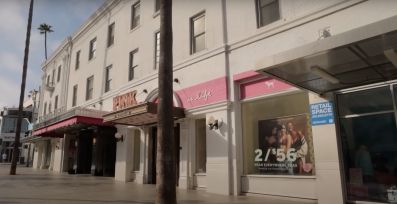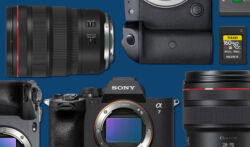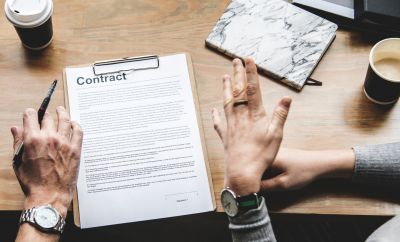If you’re a photographer, you’ve got to understand body language. Many of the most talented photographers don’t realize it, but body language can completely change the way you do business. Photographers can use body language to:
- Negotiate higher prices
- Make your photos even more kick-ass by understanding the nonverbal messaging
- Get more business from networking events
- Read your client’s nonverbal to know exactly what they need
- To deal with difficult personalities, confrontations and emotional events while on the job
People say a picture is worth a thousand words. And they’re right. The lighting, the setting, the make-up; that’s what most photographers think about. But what about the nonverbal messages people send in photos? While body language is a complex science, I want to give you a few general body language rules you can use. Body language can give you an added edge. Let me show you how:
Rule #1: The Body Language of Confidence
Harvard Business School researcher Amy Cuddy discovered that there are universal power body language moves. These are essential for photographers. You not only want to use these rules yourself when at networking events and negotiating for new business, but also you want to help clients use them during shoots.
- The more physical space someone takes up with their body, the more confident they appear and feel.
- Strong body language is when the forehead and chest are pointed up and shoulders are rolled back.
- Powerful, confident people aren’t afraid to open up their body especially their torso and chest so that they are free of barriers—uncrossed arms and legs.
I did a body language shoot with the amazingly talented Maggie Hudson of Honeysuckle Photography. In these pictures you can see the more physical space I take up, the more I have my body open with my chest and head up, the more confident I look:

We know power poses are extremely impactful both for the viewer and for ourselves. Cuddy had 1 groups of participants stand in power poses (expansive, open) for 5 minutes and another stand in weak poses (contracted, closed) for 5 minutes. They then went into mock interviews. The strong power posers not only were rated as more confident and more likely to be hired by the interviewer, but they also had increased levels of testosterone (the strength hormone) and decreased levels of cortisol (the stress hormone).
This means that body language not only affects how others perceive us it also affects how we perceive ourselves.
How can you use this rule:
- Encourage your clients to power pose to have more powerful pictures and to help their with their nerves.
- Stand in powerful body language before networking events or negotiations to SHOW people your confidence and to FEEL more confident.
Rule #2: Avoid Fake Happiness
Fake happiness plagues photographers and clients alike. How many times have you looked at a picture and thought, ‘That person looks so fake.’ This usually has to do with a body language principle called: “The Microexpression.”
A microexpression is a brief involuntary facial expression that happens when someone feels an intense emotion. There are 7 universal facial expressions that people make across cultures. Here is a grid of the microexpressions that have been discovered put together by Maggie:

For now, let’s talk about the universal expression for happiness. The only true indicator of happiness is when the muscles along the sides of the eyes are activated and pulled up (crows feet). However, only 1 in 10 people can consciously activate that muscle. This is why when people are smiling during holiday cards or photo shoots they smile, but it doesn’t look real. It is because the smile isn’t reaching their eyes. Here is the difference:
Fake Happiness vs. Real Happiness:

Notice the crow’s feet on the sides of the eyes? It’s when those upper cheeks are engaged. Capturing true happiness is essential for making a picture feel genuine, warm and real. The more you can encourage your client to think of genuinely happy memories, the more they will genuinely smile. Once you see the smile reach their eyes, you know you will get the right shot.
Rule #3: Professional vs. Casual
In general, professional body language has the following:
- Less movement. Dancing, wind, or implied movement in photos gives off more casual and fun body language cues. This is because alphas, or leaders typically move less in general. Research has found that they don’t fidget as much and are less expressive. See examples below.
- Straight eye contact. Casual photos include more looking off to the side or peering at the camera through eyelashes. If you want photos to be fun and flirty you can try those body language poses. For serious shots, you want straight into the camera gazing with the head positioned at camera level. The reason for this is because when someone looks down at the camera (and therefore the viewer) this is a sign of superiority. If they are looking up in the photo, it is a sign of submission. If you are photographing someone who wants to look dominant. Try placing them slightly higher than the camera.
The image on the left is more fun with more movement, more expressiveness and looking off to the side. The image on the right is more professional with a still pose and straight on gazing:

Body language is a powerful tool that can give you an edge both interacting with clients and in your photographs. You just have to know how to use it.
More Info and Resources
Want to join our course on Body Language for Photographers? If you’re interested in Vanessa’s Body Language for Photographers webinar: Sign-up to get on the wait list.













